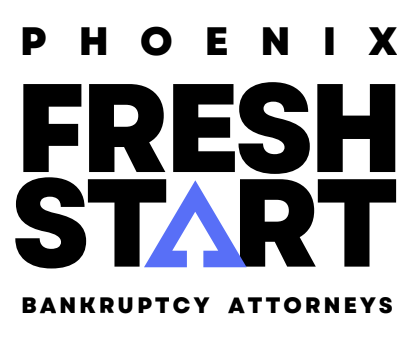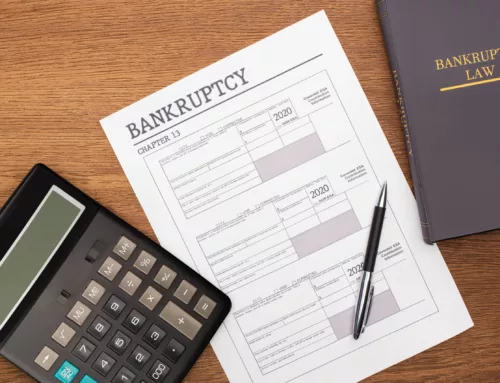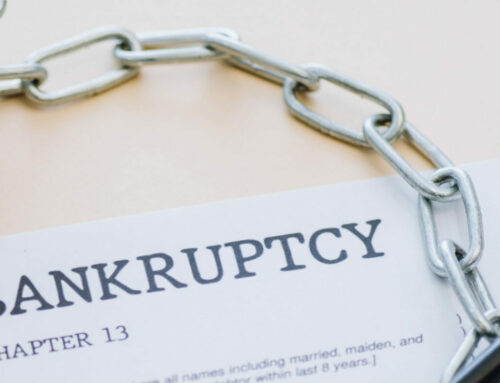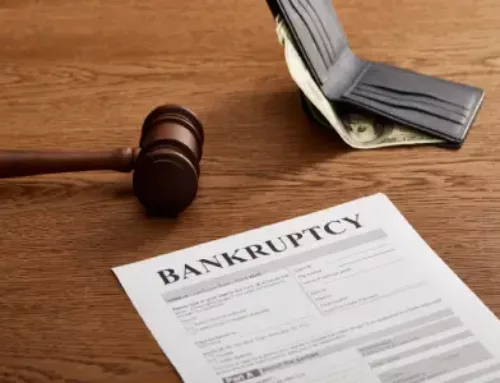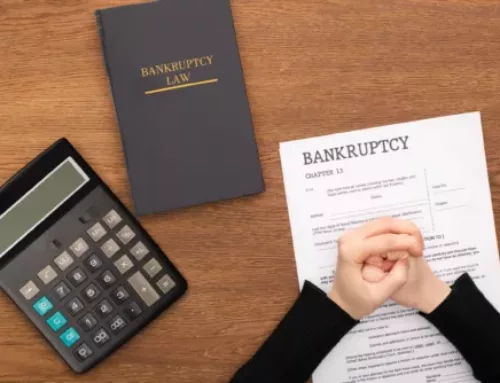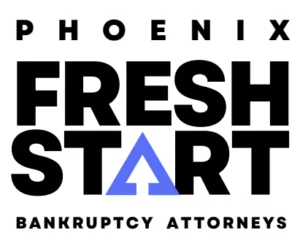Nobody likes the thought of declaring bankruptcy. Just the mere image of us experiencing financial difficulties and having to resort to selling our most prized possessions while others are taken away by creditors is enough to incite fear in most of us. Bankruptcy is one such situation nobody wants to find themselves in. And for good reason.
While most of what is mentioned above is true, it doesn’t happen instantaneously. Bankruptcy is a complex situation where there are plenty of ins and outs and certain conditions where you still do something about. Contrary to what you might be thinking, you can still save some of your property and sell some of it to help you stay afloat in the midst of a financial crisis.
This is where knowing the difference between exempt and nonexempt property comes into play. Exempt property, from the word itself, is property that creditors cannot and will not sell as these items are essential for your daily living and profession. Nonexempt property in bankruptcy, on the other hand, refers to items that are for leisure or luxury, things that you don’t really need in order to live and you can definitely do without. These are the items that will be sold.
You don’t have to go through the entire ordeal of bankruptcy alone. From selling nonexempt property to paying off creditors, a bankruptcy attorney can help you navigate it all. Seek the legal assistance of a Phoenix, Arizona bankruptcy attorney to help you solve complicated bankruptcy concerns.
What is Nonexempt Property in Bankruptcy?
In bankruptcy, people sell off some of their items in order to help them make ends meet or to get back on their feet. These items are called nonexempt property. Nonexempt property are assets that aren’t protected in bankruptcy and do not appear on an exemption list.
While it’s more obvious that exempt properties are those you need for everyday living such as a home, car, and professional equipment or stuff you need for work; nonexempt property in bankruptcy pertains to items that are usually leisurely in nature, things that you might have valued but aren’t really essential to living. Examples of these include memorabilia, family heirlooms, and vacation houses.
When dealing with nonexempt properties in bankruptcy, it is always best to be sure. Consult a Phoenix bankruptcy lawyer to get expert opinion on the next best step to take when facing bankruptcy.
Nonexempt Property in Chapter 7 Bankruptcies
We all know that there are chapter 7 and chapter 13 bankruptcies and what happens to your possessions depends on the kind of bankruptcy you file for. Chapter 7 is the more typically filed kind of bankruptcy since its requirements are pretty attainable. To file for chapter 7 bankruptcy, an individual only has to have income that isn’t higher than the state median income. They must also not have any bankruptcy discharge in the last six to eight years.
Processing chapter 7 bankruptcy can take quite some time, roughly around four to six months with a fee of around $338. Nonexempt property in chapter 7 bankruptcy calls for a bankruptcy trustee to handle the estate. This court-appointed official will be in charge of selling your items with the generated profit used to pay off creditors. Important bills known as priority debts like child support are usually the first to be paid off. If you aren’t supporting any children, the money will then go to loans and credit card bills.
In chapter 7 bankruptcy, there are certain conditions you need to follow for nonexempt properties. While you might want to think that there are ways to save some nonexempt properties, you must still keep the guidelines in mind. One of the reasons why we can save nonexempt properties in a bankruptcy filing include the trustee abandoning the estate, which typically happens when the trustee sees that there isn’t much value in the items being sold. Should the filer want some of the nonexempt properties back, they can either repurchase it from the trustee or swap it.
When a trustee abandons nonexempt property in bankruptcy, they file for a Notice of Abandonment which notifies creditors telling them not to liquidate the said properties. Through this agreement, the trustee returns control of properties to the debtor and creditors who are interested in the property.
After abandonment, the debtor’s properties are released from bankruptcy and they now have complete control. They can either surrender the property, redeem it by paying the creditor it’s amount, sign a new contract, or keep the property.
Nonexempt Property in Chapter 13 Bankruptcy
Individuals with a higher income are encouraged to file for chapter 13 bankruptcy. Chapter 13 bankruptcy requires a certain eligibility apart from having substantial income. One is that your secured and unsecured debt do not increase the designated limit. The filer must also prove that they are capable of paying the repayment plan. Chapter 13 bankruptcy is not applicable to businesses.
Nonexempt property in bankruptcy sees the trustee not selling the properties, rather the filer would pay the asset’s amount to the unsecured creditors via the repayment plan. Nonexempt property in bankruptcy is found to have been able to increase the chapter 13 plan payment. This means that while you get to keep nonexempt properties, the repayment plan might cause you to pay your creditors a higher dividend.
The bankruptcy process can be tough to navigate regardless of its type. If you’re dealing with chapter 13 bankruptcy and are in need of assistance, it is best to seek the legal counsel of attorneys well-versed in the area of bankruptcy to help you set your sights on getting back on track.
Seek Legal Advice
Regardless of the type of bankruptcy you’re dealing with, it’s always tough to navigate it on your own. Enlist the help of experienced bankruptcy lawyers at Phoenix Fresh Start Bankruptcy Attorneys by contacting (602)598-5075 to smoothen out any worries involving bankruptcy. The attorneys will explain everything to you from the basics to the specifics in order to help you conquer this financial burden and start taking control over your life.
